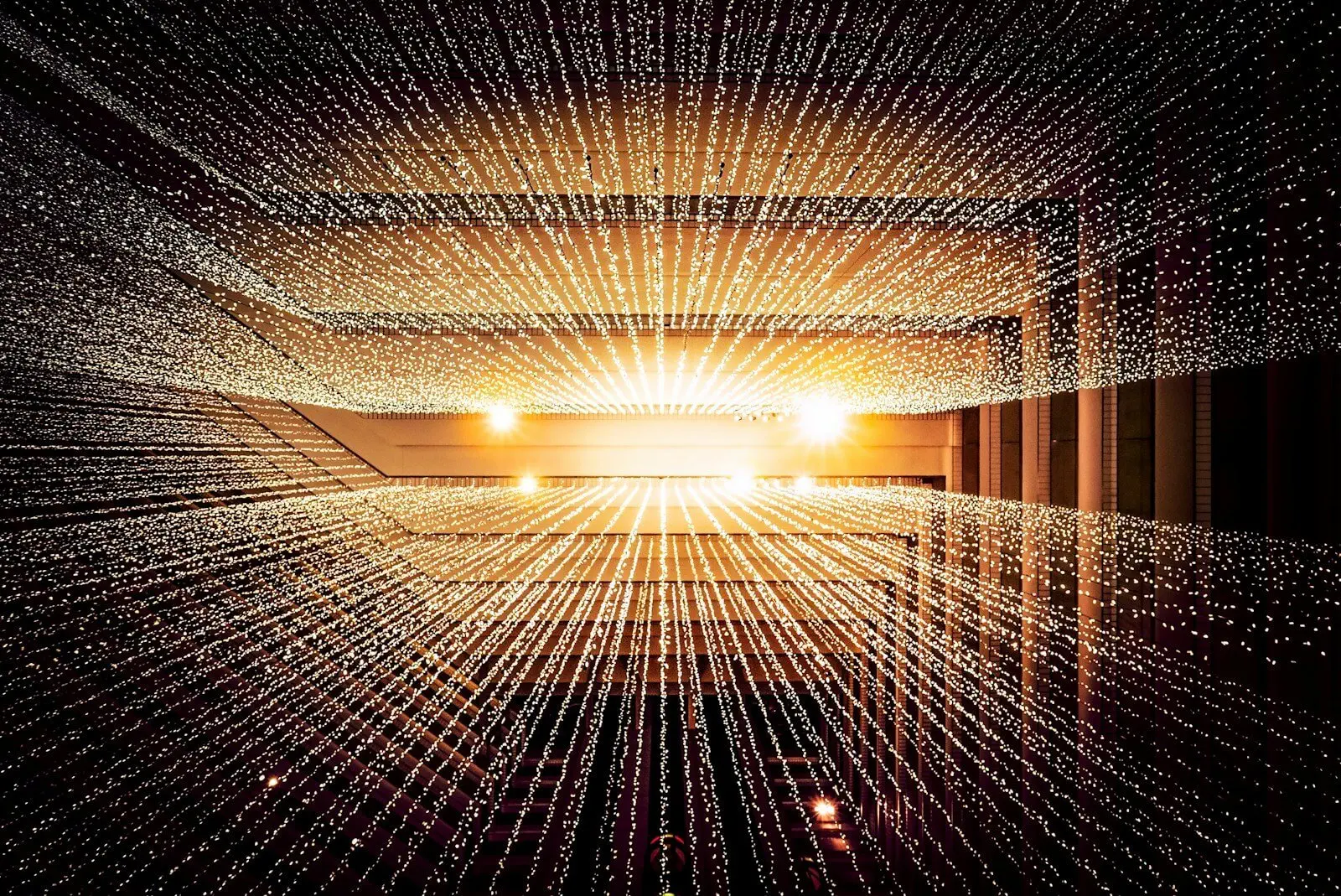Do you know what is the Future of Video Content Creation?
Video content creation has come a long way since its inception.
From the early days of film production to the rise of green screens, the industry has constantly evolved to meet the demands of creators and viewers alike.
Green screens revolutionized the way content was produced, allowing for the creation of various environments and settings without the need for physical sets.
However, as technology advanced and viewers’ expectations grew, the limitations of green screens became apparent. This led to the emergence of virtual sets, which offer a more realistic and immersive experience for both creators and viewers.
The Evolution of Video Content Creation: A Brief History
In the early days of video production, physical sets were the norm. Filmmakers would build elaborate sets to create different environments and settings for their stories.
However, this process was time-consuming and expensive. As technology advanced, green screens were introduced as a more cost-effective solution.
Green screens allowed filmmakers to shoot their actors against a green backdrop and then replace that green with any background they desired during post-production.
The introduction of green screens revolutionized the industry. It provided content creators with endless possibilities in terms of creating different environments and settings.
Filmmakers could now shoot their scenes in a controlled environment and then transport their actors to any location they desired through the magic of post-production. This not only saved time and money but also opened up new creative opportunities.
The Rise of Green Screens: How They Changed the Game
Green screens quickly became a staple in video content creation due to their numerous benefits.
One of the main advantages of green screens is their versatility. With a green screen, content creators can create any environment imaginable, from outer space to ancient ruins, without leaving the comfort of their studio.
This allows for greater creative freedom and opens up new possibilities for storytelling.
Another benefit of green screens is their ability to save time and money.
With traditional sets, filmmakers would have to build and dismantle sets for each scene, which could be a time-consuming and costly process.
Green screens eliminate the need for physical sets, allowing for faster and more efficient production. Additionally, green screens can be used repeatedly for different projects, further reducing costs.
The impact of green screens on the industry cannot be overstated. It has allowed for the creation of visually stunning and immersive content that would have been impossible to achieve with traditional sets alone.
Green screens have become a powerful tool in the hands of content creators, enabling them to bring their visions to life in ways that were previously unimaginable.
The Limitations of Green Screens and the Need for More Realistic Sets
While green screens have revolutionized video content creation, they do have their limitations. One of the main challenges of using green screens is lighting.
Achieving proper lighting on a green screen set can be tricky, as any inconsistencies in lighting can result in a poorly keyed image during post-production. This can lead to a lack of realism and immersion in the final product.
Another limitation of green screens is their inability to create truly realistic environments.
While green screens can create the illusion of different settings, they often lack the depth and detail that physical sets provide. This can result in a less immersive viewing experience for the audience.
As viewers’ expectations grew and technology advanced, there was a need for more realistic sets that could provide a truly immersive experience.
This led to the emergence of virtual sets, which combine the benefits of green screens with the realism of physical sets.
Virtual Sets: The Future of Video Content Creation

Virtual sets are the next step in the evolution of the Future of Video Content Creation.
They offer content creators a more realistic and immersive way to bring their visions to life. Virtual sets use advanced technology to create virtual environments that look and feel like real physical sets.
This allows for a more authentic viewing experience and opens up new creative possibilities.
One of the main benefits of virtual sets is their cost savings. Virtual sets eliminate the need for physical sets, which can be expensive to build and maintain.
This can result in significant cost savings for content creators, allowing them to allocate their budgets to other aspects of production.
Virtual sets also offer greater flexibility in creating different environments. With virtual sets, content creators can easily switch between different settings and locations without the need for elaborate set changes.
This saves time and allows for more efficient production.
How Virtual Sets Work: A Technical Overview
Virtual sets rely on advanced technology to create realistic environments. The process begins with the creation of a 3D model of the desired set or environment.
This model is then rendered in real-time using powerful computer graphics software.
During production, actors are filmed against a green screen backdrop. The footage is then combined with the 3D model in real-time, allowing the actors to interact with the virtual environment as if it were real.
This process is known as real-time compositing and requires specialized hardware and software.
The tools and software used in virtual set creation vary depending on the specific needs of the project.
Some content creators use off-the-shelf software, while others opt for custom-built solutions. Regardless of the tools used, virtual set creation requires a combination of artistic skill and technical expertise.
The Benefits of Virtual Sets for Content Creators
Virtual sets offer numerous benefits for content creators. One of the main advantages is cost savings.
As mentioned earlier, virtual sets eliminate the need for physical sets, which can be expensive to build and maintain. This allows content creators to allocate their budgets to other aspects of production, such as hiring top talent or investing in high-quality equipment.
Virtual sets also offer greater flexibility in creating different environments. With traditional sets, content creators would have to build and dismantle sets for each scene, which could be time-consuming and costly.
Virtual sets eliminate this need, allowing for faster and more efficient production. Additionally, virtual sets can be easily modified or updated as needed, providing content creators with greater creative freedom.
Another benefit of virtual sets is their ease of use. While the technology behind virtual sets may be complex, the process of using them is relatively straightforward.
Content creators can easily switch between different virtual environments and make adjustments in real-time, allowing for a more efficient and streamlined production process.
The Cost Savings of Virtual Sets vs. Traditional Sets
The cost savings of virtual sets compared to traditional sets are significant. Traditional sets require the construction and maintenance of physical structures, which can be expensive.
Additionally, traditional sets often require a large crew to build and dismantle the sets for each scene, which adds to the overall cost.
Virtual sets eliminate these costs by creating virtual environments that can be easily modified or updated as needed.
This allows content creators to allocate their budgets to other aspects of production, such as hiring top talent or investing in high-quality equipment.
The Creative Possibilities of Virtual Sets: Endless Opportunities
Virtual sets offer endless creative possibilities for the Future of Video Content Creation. With virtual sets, creators can easily transport their actors to any location or environment imaginable.
This opens up new opportunities for storytelling and allows for the creation of visually stunning and immersive content.
Virtual sets also allow for greater experimentation and innovation. With traditional sets, content creators are limited by physical constraints.
Virtual sets remove these limitations, allowing creators to push the boundaries of what is possible in terms of set design and visual effects.
The Importance of Realism in Virtual Sets: Making it Look Authentic
While virtual sets offer numerous benefits, creating realistic environments is crucial to providing an authentic viewing experience.
Viewers expect a certain level of realism when watching video content, and virtual sets must meet these expectations.
Creating realistic virtual sets can be challenging. It requires a combination of artistic skill and technical expertise to create environments that look and feel like real physical sets.
Lighting, textures, and details must be carefully considered to ensure a seamless integration between the actors and the virtual environment.
Fortunately, there are tools and techniques available to help content creators achieve realism in virtual sets.
Advanced lighting systems, high-resolution textures, and realistic physics simulations can all contribute to creating a more authentic viewing experience.
The Role of Technology in the Future of Video Content Creation
Technology plays a crucial role in the future of video content creation.
As technology continues to advance, new and innovative tools will emerge, further enhancing the creative possibilities for content creators.
One area where technology is expected to have a significant impact is in the development of virtual reality (VR) and augmented reality (AR) technologies.
VR and AR have the potential to revolutionize the way video content is consumed, allowing viewers to immerse themselves in virtual environments and interact with virtual objects.
Additionally, advancements in computer graphics and rendering technology will continue to improve the realism of virtual sets. This will further enhance the viewing experience and allow for even more creative possibilities.
the Future of Video Content Creation: Virtual Sets in Action
Virtual sets are already making an impact on the industry.
Many television shows and films are now using virtual sets to create realistic environments that would have been impossible to achieve with traditional sets alone.
One example of virtual sets in action is the hit television series “The Mandalorian.” The show uses a combination of physical sets and virtual sets to create its stunning visuals.
The use of virtual sets allows for greater flexibility in creating different environments and enhances the overall viewing experience.
The potential for virtual sets in the future is vast.
As technology continues to advance, virtual sets will become even more realistic and immersive. This opens up new opportunities for content creators to push the boundaries of storytelling and create visually stunning and engaging content.
Video content creation has come a long way since its inception. From the early days of physical sets to the rise of green screens and the emergence of virtual sets, the industry has constantly evolved to meet the demands of creators and viewers alike.
Green screens revolutionized the industry by providing content creators with endless possibilities in terms of creating different environments and settings.
However, as technology advanced and viewers’ expectations grew, the limitations of green screens became apparent. This led to the emergence of virtual sets, which offer a more realistic and immersive experience for both creators and viewers.
Virtual sets are the Future of Video Content Creation. They offer cost savings, flexibility, and endless creative possibilities.
As technology continues to advance, virtual sets will become even more realistic and immersive, further enhancing the viewing experience.
The future of video content creation is here, and it is virtual sets.




